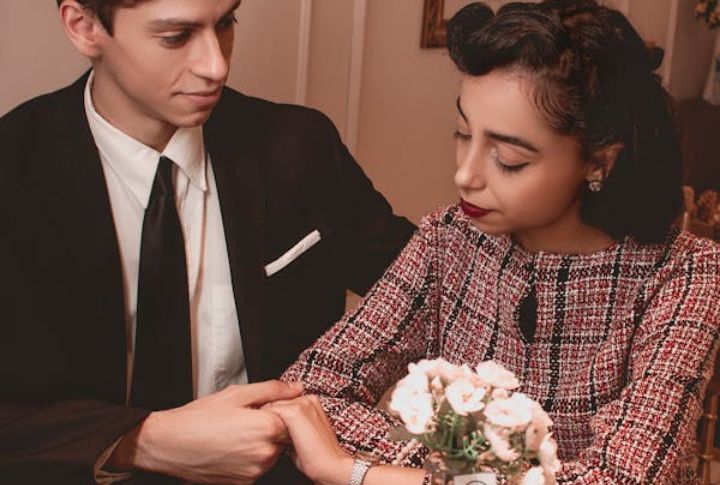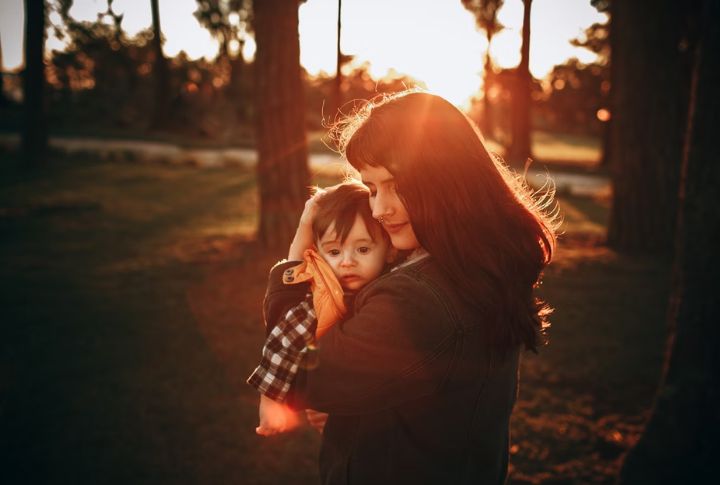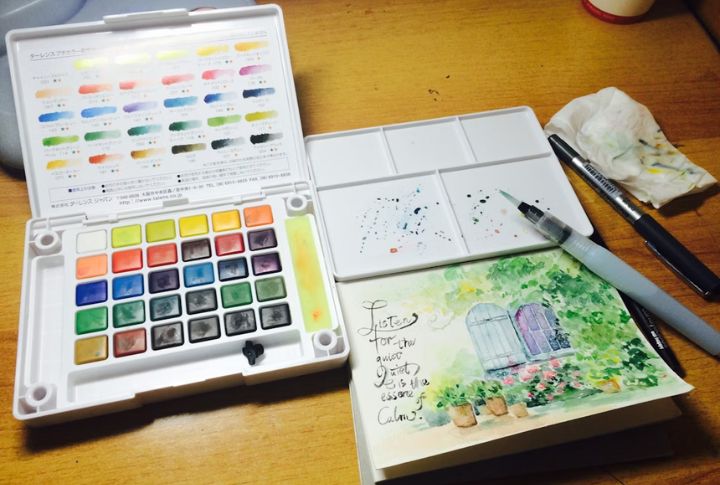
Plenty grabbed the book, expecting raw emotions and healing arcs, but what they got instead felt off—like the story skipped the part where it should’ve protected its main character. Women didn’t hold back. Social threads lit up, and the reactions weren’t vague. The message? Something wasn’t adding up in the story. Here’s why the book stirred up more heat than love.
It Romanticized An Abusive Partner

Female readers criticized how the story handled Ryle Kincaid’s violence. He assaults Lily more than once, yet remains the central love interest. Instead of centering her trauma, the narrative often highlights his guilt. That imbalance left many women concerned about the message it sends about love and forgiveness after abuse.
The Empowerment Message Felt Weak Or Inconsistent

Lily’s delayed decision to leave Ryle became a major concern. She remained with him through pregnancy and left only after becoming a mother. For many readers, this undermined the book’s theme. They argued that the plot rewarded suffering rather than independence, weakening the story’s ability to model healthy boundaries.
It Framed Abuse As A Tragic Flaw, Not A Choice

The story links Ryle Kincaid’s violence to trauma and job stress, which makes his behavior seem unintentional. Readers objected to the focus on his pain instead of Lily’s experience. By softening his actions through sympathy, the book risks suggesting abuse is forgivable when it stems from personal hardship.
It Centered The Abuser’s Redemption Over The Victim’s Healing

Much of the narrative focused on Ryle’s redemption, not Lily’s healing. Viewers watched his guilt unfold in detail, while her emotional journey felt underexplored. This left many uncomfortable — as if the story cared more about the abuser’s remorse than the survivor’s strength.
The Marketing Misled Readers Into Expecting A Light Romance

The cover and blurb hinted at a lighthearted romance, with no mention of abuse. It was widely promoted across romance-centered platforms, reinforcing that impression. As a result, many readers felt emotionally ambushed by the unexpected subject matter. Others said they would have skipped it if the marketing had been more honest.
The Book Lacked A Clear Condemnation Of Abuse

Ryle’s violence is shown, but never directly named as abuse. Lily reacts with heartbreak, not fear, and avoids labeling him an abuser. The tone remains gentle throughout, even during serious moments. This soft approach minimized the harm and led to backlash from those who expected a stronger moral stance.
Readers Felt Triggered By The Lack Of Content Warnings

Books with graphic content need clear notices upfront. Several editions of “It Ends With Us” included no warnings about domestic violence. Intense scenes blindsided readers. For abuse survivors, the shock wasn’t just uncomfortable; it became triggering. Without a simple heads-up, the emotional impact turned a difficult read into something harmful.
The Safe Love Interest Felt Underwritten

Readers were rooting for Atlas, but most of his presence came through flashbacks. In the actual story, he barely showed up. Plus, his personality felt flat compared to Ryle’s. People questioned whether Lily really had a better choice. They wanted someone who clearly offered safety and emotional depth—Atlas didn’t deliver.
The Coloring Book Controversy Felt Insensitive

Author Colleen Hoover announced a coloring book based on her novel “It Ends With Us”, which centers on domestic abuse. The idea drew heavy criticism, as many saw it as turning serious trauma into entertainment. The project was canceled soon after. Even so, concern over how the story handled abuse remained strong.
Online Fan Culture Was Hostile Toward Critics

After the book gained popularity, some female readers raised concerns about its portrayal of abuse. In response, online fan spaces grew defensive. At the same moment, critics were often accused of overreacting. On top of that, supporters dismissed the backlash entirely. As a result of that, many felt the fandom valued loyalty over empathy.

